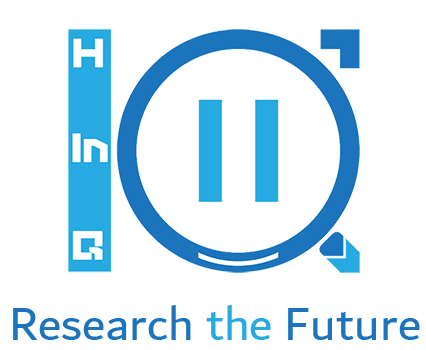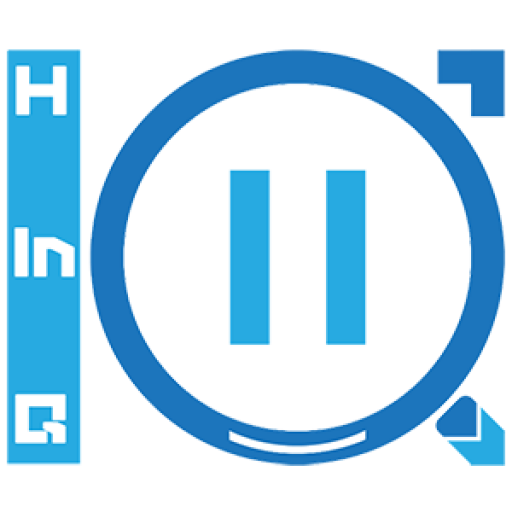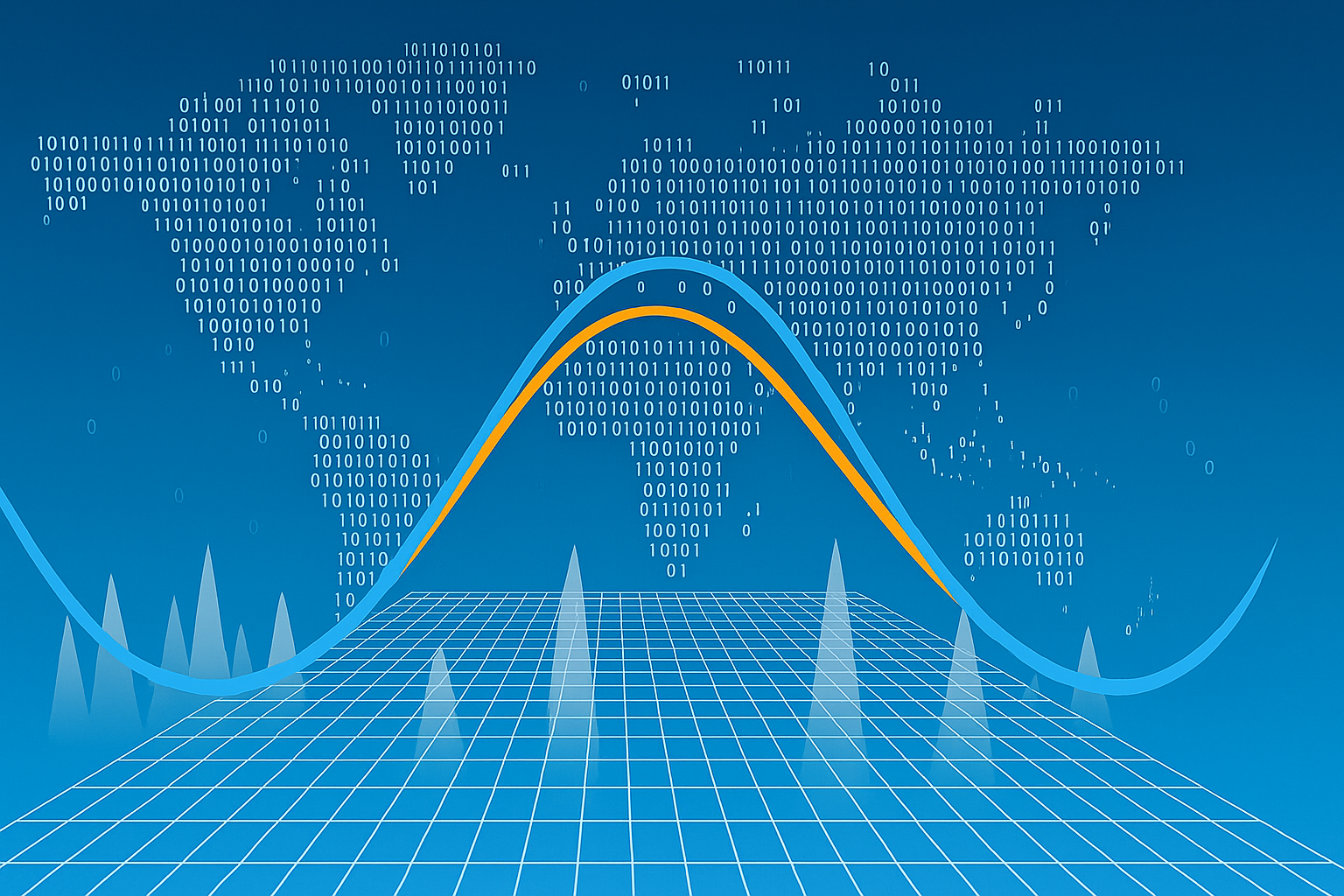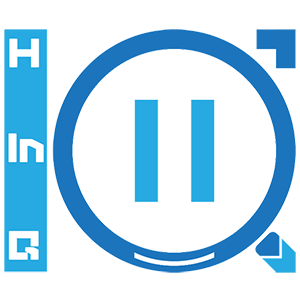Introduction – Market Forecasting Is Broken: Stop Guessing and Start Predicting
The days of gut-feeling market predictions are over. In a business landscape driven by data, relying on intuition is not just outdated—it’s reckless. Traditional forecasting methods are proving to be increasingly inefficient and inaccurate, leaving companies vulnerable to market shifts they didn’t see coming.
Enter predictive analytics and data scraping—a powerful combination that is redefining market forecasting. By harnessing vast amounts of real-time data and using advanced algorithms, businesses can now predict market trends with precision. Instead of looking backward and making educated guesses, companies can anticipate consumer behavior, market shifts, and emerging opportunities before they become obvious.
But why isn’t everyone doing it? The answer lies in the misconception that data-driven forecasting is overly complex or inaccessible. The reality is that businesses that fail to adapt to predictive analytics and data scraping are setting themselves up for failure. In today’s competitive market, the winners are those who leverage data to stay ahead of the curve.
This article will explore how predictive analytics and data scraping are not just tools—they’re essential strategies for market forecasting. We’ll break down how each technique works, why combining them is crucial, and how businesses can navigate the challenges and ethical considerations involved. Get ready to learn why guesswork is dead—and data-driven foresight is the new standard.
The Power of Predictive Analytics: Why Your Intuition Is Costing You Money
If you’re still making business decisions based on intuition or past experiences, you’re already behind. Predictive analytics is rapidly transforming market forecasting by replacing gut feelings with data-driven accuracy. The idea is simple: analyze vast amounts of historical data to identify patterns and trends, then use those insights to predict future market movements.
At the heart of predictive analytics are machine learning algorithms, regression analysis, and time series forecasting. These techniques crunch numbers at a speed and precision that human analysts can’t match. Instead of relying on hunches, businesses can now forecast sales figures, customer demand, and market shifts with unprecedented accuracy.
Take the retail industry, for example. By analyzing past sales data, consumer behavior, and external factors like economic indicators, predictive models can forecast which products will be in demand next season. This not only helps businesses optimize inventory but also ensures they are prepared for market changes before they happen.
But here’s the harsh truth: many companies still cling to outdated methods, refusing to adopt predictive analytics out of fear of complexity or lack of understanding. Meanwhile, their competitors are pulling ahead by leveraging data to anticipate change rather than just reacting to it.
The bottom line is clear: Your intuition is costing you money. By embracing predictive analytics, you can eliminate guesswork, minimize risk, and make strategic decisions with confidence. Ignore this shift, and you’ll find yourself chasing trends instead of setting them.
Data Scraping: The Raw Truth Behind Real-Time Market Predictions
Predictive analytics is only as good as the data it relies on—and that’s where data scraping comes into play. Simply put, data scraping is the process of automatically extracting large amounts of data from websites and online sources. This raw, unfiltered information becomes the fuel that powers predictive models, allowing businesses to forecast trends with real-time accuracy.
Imagine being able to track competitor pricing changes, monitor consumer sentiment on social media, or analyze industry reports as soon as they’re published. Data scraping makes it possible to harvest insights from news articles, financial reports, online reviews, and more. This unprecedented level of data access ensures that companies are not just working with stale, outdated information, but instead have their finger on the pulse of dynamic market shifts.
However, data scraping is not without its challenges. Poor-quality data or unstructured information can lead to inaccurate predictions and flawed strategies. That’s why it’s crucial to implement rigorous data cleaning and validation processes. Additionally, scraping data from some websites can raise ethical and legal concerns, especially if user consent is not obtained. Businesses must ensure that they comply with data protection regulations like GDPR to avoid legal pitfalls.
The raw truth is that businesses that fail to leverage data scraping are missing out on critical, real-time insights. Those that embrace it gain a competitive advantage by accessing market intelligence faster and more accurately. If you’re still relying on manual data collection or outdated information, you’re already falling behind the curve.
Combining Predictive Analytics with Data Scraping: The Ultimate Competitive Weapon
Individually, predictive analytics and data scraping are powerful tools. But when combined, they become a formidable force in market forecasting. By integrating real-time scraped data into predictive models, businesses can anticipate changes and act on them faster than ever before.
Imagine scraping social media trends to detect emerging consumer preferences, then feeding that data into predictive algorithms to forecast market demand. Or automatically gathering competitor pricing data and using predictive models to determine the best pricing strategy for the next quarter. The synergy between data scraping and predictive analytics turns raw information into precise, actionable insights.
The biggest advantage of this combined approach is the ability to generate insights at scale. Instead of being limited to historical data or periodic reports, businesses can continuously update their forecasting models with live data from multiple sources.
Conclusion – Forecast or Fail: Why You Can’t Ignore Predictive Analytics Anymore
The future of market forecasting is clear: Data-driven predictions are no longer optional—they’re essential. Businesses that continue to rely on gut instincts and outdated methods are setting themselves up for failure. By combining predictive analytics with real-time data scraping, companies can unlock unprecedented accuracy in forecasting, allowing them to anticipate trends before they happen.
However, adopting these technologies comes with its own challenges, from data privacy concerns to ensuring data accuracy. Businesses must navigate these obstacles with care and responsibility, implementing best practices for ethical data usage while maximizing the benefits of advanced analytics.
The message is simple: Adapt or get left behind. Market forecasting is no longer about guessing what might happen—it’s about knowing what will happen and being prepared to act. Those who embrace predictive analytics and data scraping will dominate their industries, while those who resist will find themselves outpaced and outsmarted.
What is AI market research?
It’s the use of AI to analyze consumer opinions, behaviors, and patterns—turning raw conversations, surveys, and data into actionable insights.
How does Converse-in-Q support market research?
Converse-in-Q is a conversational AI that engages users in natural dialogue, detects sentiment, and provides instant dashboards for concept tests, brand equity, and segmentation.
How does BuzzPulse-in-Q help track e-reputation?
It monitors online chatter, social media, and forums to detect sentiment shifts, identify crisis signals, and guide brand positioning with real-time analytics.
Can AI replace traditional focus groups?
Not fully, but HiVox-in-Q offers online focus group automation, making qualitative research scalable, faster, and richer in behavioral insights.
How reliable are AI models in market research?
Our models are trained on multilingual datasets and validated against real-world studies, ensuring robust accuracy in both qualitative and quantitative research.
Do FMCG companies use AI market research?
Yes—FMCGs are the largest investors in consumer research. They use our AI solutions for product testing, advertising evaluation, segmentation, and equity tracking.



